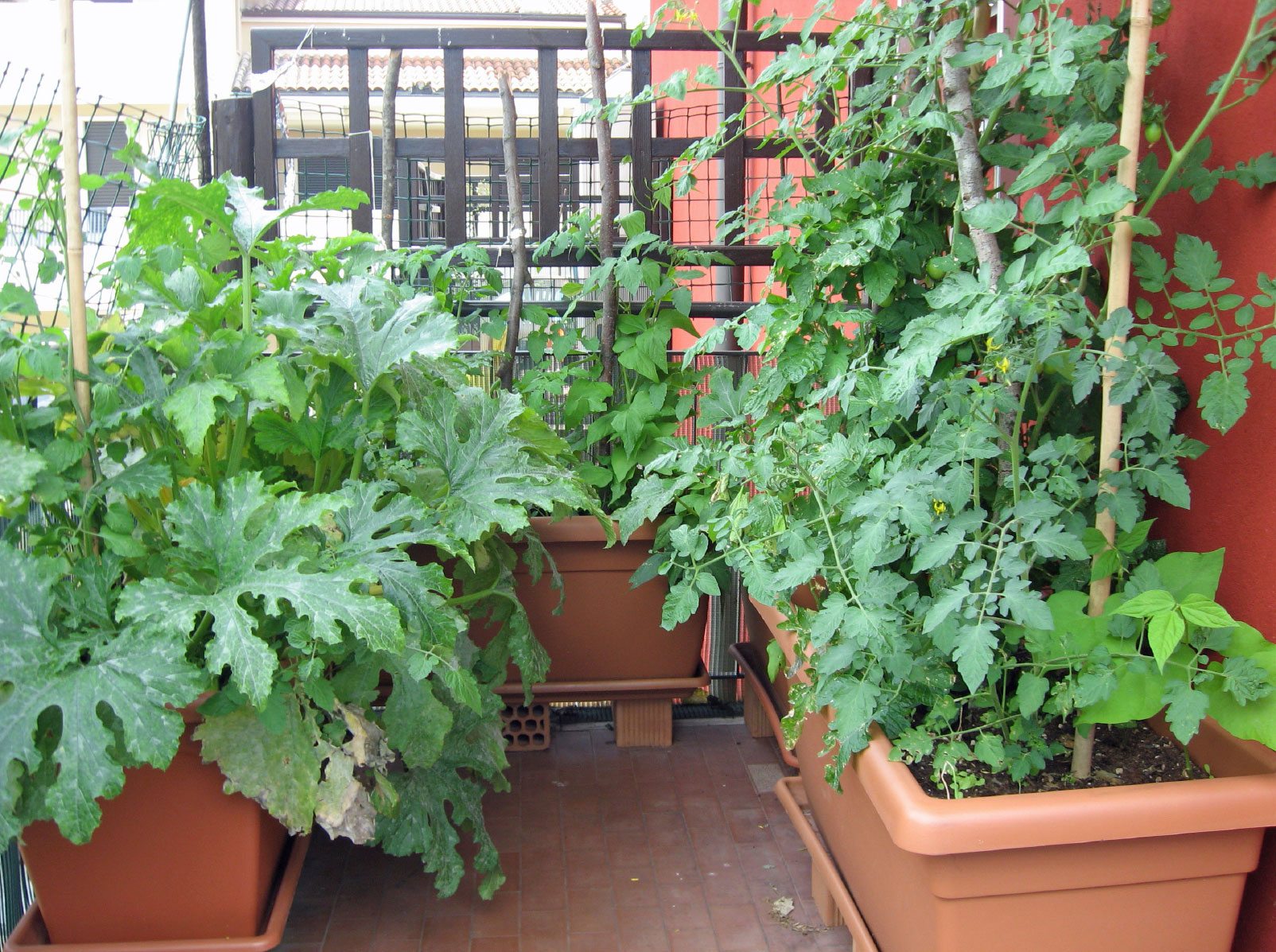Indicators on City Blooming You Should Know
Indicators on City Blooming You Should Know
Blog Article
What Does City Blooming Mean?
Table of ContentsFascination About City BloomingMore About City BloomingUnknown Facts About City BloomingThings about City BloomingAll About City Blooming
Fascinated in growing food available in the City of Chicago? Assuming concerning starting a community yard? Adjustments to the Chicago Zoning Regulation permit farming uses like area yards and urban ranches in many parts of the city. Below is a list of frequently asked concerns pertaining to the rules and regulations that growers should consider when planning a city agriculture task.
The zoning modification does not change any other codes managing composting, structure authorizations, buying or renting City owned property, organization licenses or ecological contamination. There are existing codes that manage these problems and they stay in complete impact and might apply to your job. Community gardens are usually possessed or taken care of by public entities, public organizations or community-based organizations and kept by volunteers.
Urban farms expand food that is intended to be sold, either on a not-for-profit or for-profit basis. Because of their industrial purpose, city farms need a company permit. Yes. A community yard is allowed to offer surplus generate that was grown on website if the sales are accessory or subordinate to the garden's key objective described over.
The smart Trick of City Blooming That Nobody is Discussing
The amount of garden compost product can not surpass 25 cubic backyards at any type of offered time according to the standards in 7-28-715 of the City's Municipal Code. Due to the fact that the soil at many new yard sites needs modifying, garden compost, soil, timber chips, or other products can be acquired to construct or boost the expanding area.

If a building license is required then the hoophouse will be taken into consideration an accessory building. You can figure out more concerning the structure license needs by contacting the Division of Buildings. The 25,000-square-foot size limit is planned to prevent a solitary community yard from dominating a provided block or diminishing the block's existing domestic or industrial personality.
The limit does not apply to gardens situated in Public Open Space (POS) districts. Can there be more than one neighborhood garden that is 25,000 square feet on a single block? Secure fencing is not called for, nevertheless, yards that have huge car park locations may be needed to install fencing or other landscaping functions.
What Does City Blooming Do?
B1 & B2 areas require that all industrial use tasks be carried out indoors. R districts limit business task. The guidelines show the objective and intent of the Zoning Code. Is secure fencing needed for metropolitan ranches? Yes. Fencings may be needed, together with landscaping and testing, for sure parking lot and outside work or storage areas depending upon area and the certain task happening.
Urban farms need structure authorizations and zoning approvals prior to building and construction (City gardening). Other types of city testimonial may be called for depending on certain frameworks, activities, dimension, landscape design, licensing, public heath and stormwater administration problems.
The Division of Business Affairs and Customer Security can help figure out the certain type of service permit that's needed. Off road vehicle parking is required for most business jobs This Site in Chicago. The needed number of auto parking spaces is based on the number of workers working on site and not the square footage of the growing area.
What Does City Blooming Mean?

A city ranch can sell garden compost product produced on website, however, the operation has to conform with the regulations in 7-28-715 of the Chicago Municipal Code. Aquaponic systems are allowed indoors on city ranches in numerous zoning districts.
Approximately 5 hives or swarms of honey might be maintained as an accessory usage. Beekeepers need to sign up with the Illinois Division of Agriculture. To find out more regarding the suggested zoning modification you might speak to the Division of Housing and Economic Growth, Bureau of Preparation and Zoning at 312.744.8563.
Farming in cities and metropolitan locations An urban farm in Chicago. Urban agriculture describes numerous methods of cultivating. http://go.bubbl.us/e31e8c/192c?/City-Blooming, handling, and distributing food in city areas. The term also uses to the area activities of pet husbandry, aquaculture, beekeeping, and cultivation in an urban context. Urban agriculture is identified from peri-urban agriculture, which occurs in country locations beside residential areas.
City Blooming Things To Know Before You Get This
It can include a motion of organic farmers, "foodies" and "locavores", who look for to form social networks based on a shared ethos of nature and area holism. These networks can establish using formal institutional assistance, becoming integrated into local town as a "change community" activity for sustainable city growth.
The more direct accessibility to fresh vegetable, fruit, and meat items that might be know via city agriculture can enhance food safety and food safety and security while decreasing food miles, causing reduced greenhouse gas discharges, thus adding to climate change mitigation. Several of the initial evidence of metropolitan farming comes from Mesopotamia.
Report this page